Bluetooth For 2008 Chrysler Grandvoyager
Bluetooth that actually works...
Bluetooth that actually works...
To make the experience fit your profile, pick a username and tell us what interests you.
We found and based on your interests.
Bluetooth module PCB.pdfPDF of PCB files as at 27 August 2021Adobe Portable Document Format - 352.47 kB - 08/27/2021 at 12:44 |
|
|
Bluetooth module sch.pdfPDF of schematic as at 27 August 2021Adobe Portable Document Format - 185.99 kB - 08/27/2021 at 12:44 |
|
|
Its been a while but ive pulled together the PCB drawings - I have put together a 3018CNC which I am planing to use to cut the PCB with - the big catch will be the clearance between the pads for the RN52 (Bluetooth module) The rest is pretty good with greater than 0.3mm clearance which I am lead to believe is sufficient.
Setting up Flat CAM was a bit of challenge with all the Python dependencies but it appears to be running. Now Ive got the PCB designed I can give the rest of the tool chain a run and see how it works out. If the engraving the PCB doesn't work out I can etch it but that's messy and needs pre-sensitized boards.
Ive been spending some time familiarizing myself with the RN52 bluetooth module from microchip.
The footprint of the RN52 does not lend itself to mounting a breadboard or proto board with ease - but none the less its possible to connect up enough pins to get it work
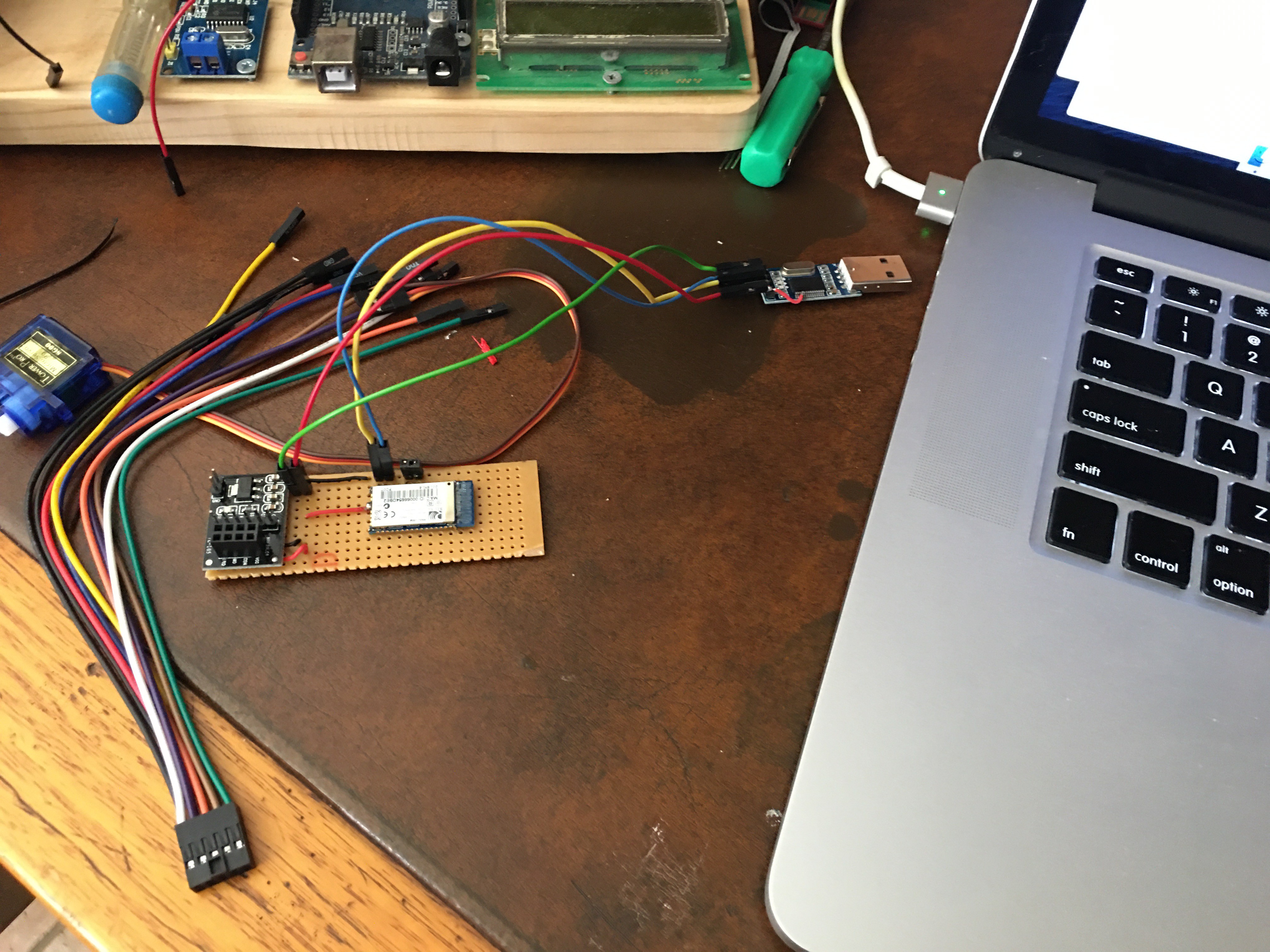
The USB to serial device I had on hand was set for 5V while the RN52 requires 3.3V The ebay special adapter appears to be a fake PL2303 (cheap and no markings) to convert the UART to 3.3V i lifted PIN20 (UART VDD) and tied it to the 3.3V reg output.
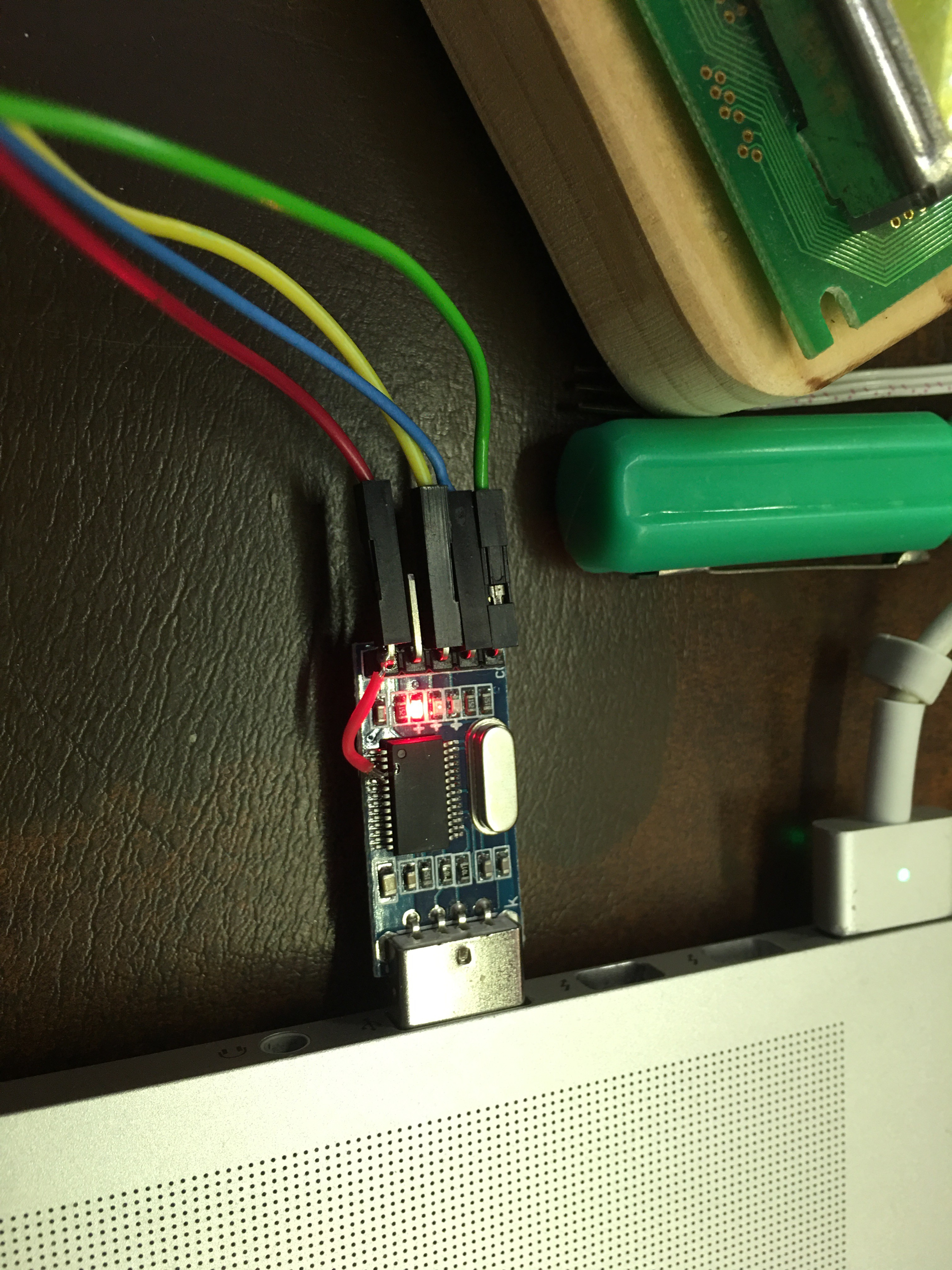
Connecting GPIO9 (Pin11) to ground puts the RN52 in CMD mode. using a Serial Terminal program it is possible to interegate the RN52 and retrieve various items of data from it.
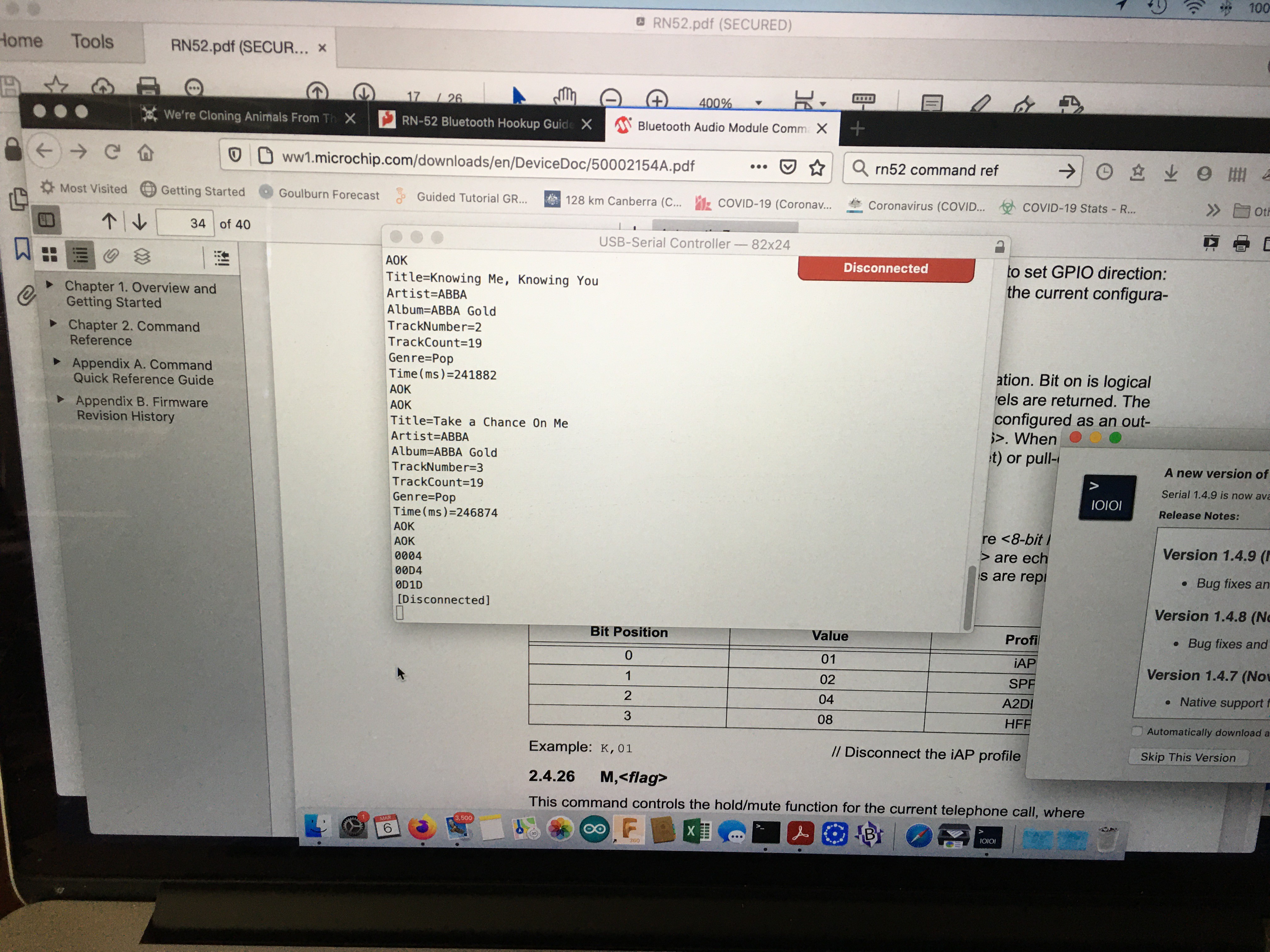
After a bit of break from the project Im back into it.
The Bluetoooth Module The Microchip RN52 has arrived along with a few MCP2515 based CAN interfaces fro testing.
Ive just set up a test bed Raspberry Pi with MC2515 adaptor attached (what I Was suing to talk to the car originally - this allows me to display can Messages via CANdump and send send comands individualy with CANsend or send a log file with CANplayer.
To Bring up CAN interface on the pi need to
sudo /sbin/ip link set can0 up type can bitrate 125000
For the time beign Ill be using a UNO clone and MCP2515 module for the busines end.
The UNO is connected to the MCP2515 board
| UNO | MCP2515 |
| 2 | INT |
| 10 | CS |
| 11 | SI |
| 12 | SO |
| 13 | SCK |
| Gnd | Gnd |
| 5V | VCC |
Ive settled on using the RN52 Bluetooth module from Microchip which arrived this week. I have been using Eagle for all my schematic capture and PCB work for some time but decided NOW was the time to change over to KiCAD...
So far I have succesfully created the component for the schematic and now working on the foot print - its always fun leaning a new system LOL. Im sure it will keep me busy for at least a few days :lol:
Now Ive sorted the require codes I can actually move onto making the project a reality....
Bluetooth will be handled by the Microchip RN52 module which as far as I can tell allows for both microphones already installed in the car to be used and should have sufficient output drive to drive the input to the headunit without any further analog circuitry. This just simplifies and reduces the component count.
The micro to drive it could pretty well be anything I could go down the Arduino route but I dont care much for adding to many "modules" and woul dprefer a more integrated solution, yes I could get a chip and just use it or I could go back to my roots and use a PIC....
I just need something that can send a few commands over SPI to the Can driver which will be doing all the CAN bus heavy lifting, there is no signifcant timing constraints so pretty well anything that can handle SPI would be suitable.
After some trial an error and late nights sitting in the car trying different codes I think I have come to a point where I can start on the firmware for the module.
To turn the head unit to Phone mode is as simple as sending
2D0#82F12xFy01
where x is the cellular signal strength (1-5)
y is the phone battery level (1-5)
If x or y is set to F then the applicable icon is not displayed.
To exit phone mode sending
2D0#E1E02xFy01
Two 14 character lines of text can be displayed by sending
line 1 3F5#05xxxxxxxxxxxxxx
3F5#02xxxxxxxxxxxxxx
line 2 3F5#15xxxxxxxxxxxxxx
3F5#13xxxxxxxxxxxxxx (x is the ascii code for the text)
just looking back through my notes it appears i got stuck into this back on the 3rd of November - now 6 weeks later all Ive got to show for it is a couple of CAN ids ... its a bit depressing .... hopefully in 6 weeks time ill have something more substantial to show...
I had previously determined the format for sending text to the head unit but I had noticed despite been able to activate the Uconnect and connect to it via bluetooth I noticed with it sitting on the bench It was not sending the text to for the headunit.
I figured there must be some response from the headunit once it recived the request to switch to phone mode.
I took log from the car for a phone call and loctated the "Connect" text 3f5# and searched back in the log for the "switch to phone mode" 2d0#82 and played that to the Uconnect module and next time I made a call the text was been sent.
pruning the log down by 1/2 and replaying the log untill I was down to a only a few lines and then took a couple of stabs in the dark and nailed it with
293#410240F202000000
I dont know the format but that data string gets the job done :)
It appears that the Uconnect module doesnt care when the string is sent but at least I can now look out for it and use it as a check to make sure I have succesfully connected to the headunit.
Just had a quick look at some logs I had taken first thing in the morning when my battery would have been fully charged and it looks like the 4th byte is the Battery Level
F5 fully charged
F3 half charged
as my phone has been between 55% and now 43% while testing this evening that fits neatly into a 5 Bar display. I expect to see the 4th Byte drop to F2 once my phone drops below 40%
Ran phone with the "torch" on and played a few you tube clips and got it below 40% and "Bingo" that 4th byte dropped down to F2 as expected.
Thats a bit of success for the evening, got signal strength and Battery level determined.
Spent some time this evening looking at the response from the Uconnect module.
The module responds at various times with ID's
43F#
2D0#
2D7#
282#
3A6#
doing a quick comparison between starting up the uconect with a phone nearby with Bluetooth on and off indicated that 2D0 correlated to a bluetooth connection.
Upon a bluetooth connection the Uconnect transmits
2D0#F0E022FF01 2D0#F0E022F301 2D0#F0E022F301 2D0#F1E022F301 2D0#E1E022F301 2D0#E1E022F301
the E1E022F301 is repeated every second.
Interestingly the 3rd Byte in this case 22 appears to represent the mobile phone signal strength
21 == 1 Bar
22 == 2 Bar
23 == 3 Bar
I was not able to verify but suspect 24 would be 4 bars
I did notice a couple of occasions of 2F and that was after wrapping the phone in aluminum foil - I suspect this indicates no signal.
I could not determine any indication of battery level but I only had a 10% variation on the phone during the time I had to test so perhaps the battery level reported by the Uconnect is to granular to show up in my short test.
After a lot of trial and error Ive got the Uconnect to activate with just one command repeatedly sent every 100ms.
I created a txt file (Ucconect.txt) containing the following
(1607033557.000000) can0 208#00A2090000002D
(1607033557.100000) can0 208#00A2090000002D
(1607033557.200000) can0 208#00A2090000002D
(1607033557.300000) can0 208#00A2090000002D
(1607033557.400000) can0 208#00A2090000002D
(1607033557.500000) can0 208#00A2090000002D
using canplayer to repeatedly play the file
canplayer -I Ucconect.txt -l i -vIt takes aproximately 30 seconds for a connection to the phone to be established.
#NOTE: the Ucconect module is configured via voice commands - I had previously paired the phone while the uconnect module was installed in the car.
The next step will be to identify the codes sent when the ucoonect setup button is pressed on the head unit. That in conjunction with the addition of a microphone and earphone should allow me to configure the Uconnect while on the bench.
I am hoping to use the uconnect button to initiate the pairing function on my new and improved Bluetooth interface with out the rather inept voice control.
Create an account to leave a comment. Already have an account? Log In.
Hi, I suggest the RN52 module if you want to do your own bluetooth hardware. It is super easy to set up. Feel free to check my project: https://hackaday.io/project/152506-bluetooth-audio-with-display-and-maybe-obd
Become a member to follow this project and never miss any updates
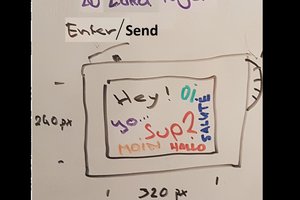
 j
j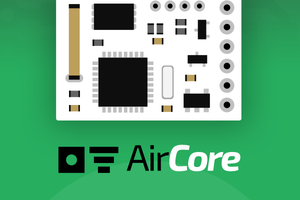
 Cristian Dobre
Cristian Dobre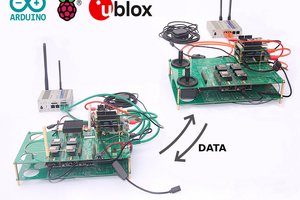
 GOAT INDUSTRIES
GOAT INDUSTRIES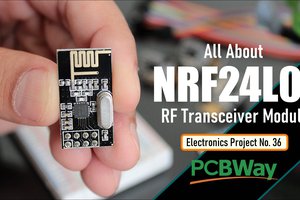
 Hulk
Hulk
Cheers thanks for that - That is the module I am intending to use - I did look at some of the chinese units but they seem to give dubious results and the cost difference between the microchip product and the others is pretty negligable